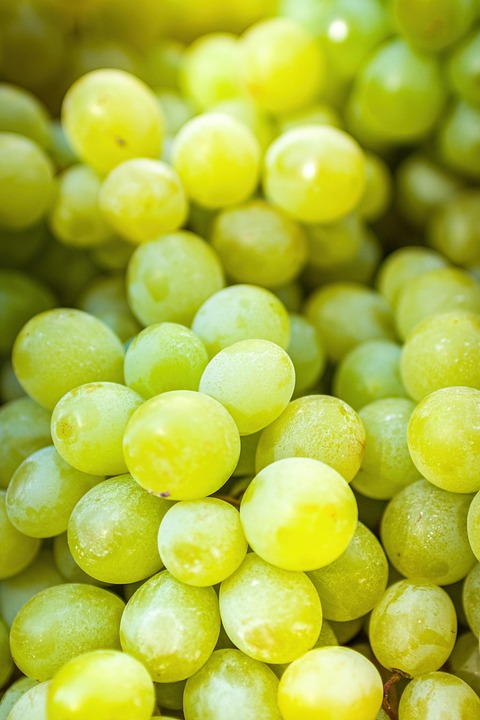Vineyard Layout Considerations for Machine Harvest Compatibility
Vineyard owners and managers must carefully plan and design their vineyard layouts to ensure compatibility with machine harvesting equipment. Machine harvesting offers several advantages over manual harvesting, including increased efficiency, cost savings, and labor reduction. However, not all vineyard layouts are suitable for machine harvesting. In this report, we will discuss the key considerations for vineyard layout to optimize machine harvest compatibility.
Spacing and Row Orientation
One of the most critical factors in vineyard layout for machine harvest compatibility is the spacing between rows and the orientation of the rows. The distance between rows should be wide enough to accommodate the equipment used for machine harvesting, such as tractors and grape harvesters. Typically, rows should be spaced at least 8-10 feet apart to allow for maneuverability and efficient harvesting.
In addition to row spacing, the orientation of the rows also plays a significant role in machine harvest compatibility. Vineyard rows should be oriented in a straight line or gentle curve to allow for efficient machine operation. Curved rows can make it challenging for machine harvesters to navigate the vineyard and may result in reduced harvesting efficiency.
Trellis System and Vine Training
The trellis system and vine training methods used in the vineyard can also impact machine harvest compatibility. Certain trellis systems, such as vertical shoot positioning (VSP) or Smart Dyson, are better suited for machine harvesting than others. These systems provide better access to the grape clusters and allow for more efficient harvesting.
Similarly, vine training methods, such as high-wire cordon or Geneva double curtain, can affect machine harvest compatibility. These training methods help to keep the grape clusters off the ground and make it easier for machine harvesters to collect the fruit. Proper vine training is essential for maximizing machine harvesting efficiency and reducing the risk of damage to the vines.
Slope and Terrain
The slope and terrain of the vineyard are important considerations for machine harvest compatibility. Steep slopes or uneven terrain can make it challenging for machine harvesters to operate effectively. In some cases, vineyards with significant slopes may not be suitable for machine harvesting at all.
Flat or gently sloping terrain is ideal for machine harvesting, as it allows for easy navigation and efficient operation. Vineyard owners should consider the topography of their land when planning their vineyard layout to ensure optimal machine harvest compatibility.
Financial Considerations
When designing a vineyard layout for machine harvest compatibility, it is essential to consider the financial implications of these decisions. While machine harvesting can offer cost savings in the long run, there are upfront costs associated with purchasing the necessary equipment and modifying the vineyard layout.
According to industry data, the cost of machine harvesting equipment can range from $50,000 to $200,000, depending on the size and capabilities of the machine. In addition, vineyard owners may need to invest in infrastructure improvements, such as widening rows or installing new trellis systems, to optimize machine harvest compatibility.
Despite the initial investment, machine harvesting can result in significant cost savings over time, as it reduces labor costs and increases harvesting efficiency. Vineyard owners should carefully weigh the financial considerations of machine harvesting when planning their vineyard layout.
Industry Insights
In recent years, the adoption of machine harvesting in the wine industry has been on the rise. According to a report by Wine Business Monthly, over 50% of vineyards in California now use machine harvesting for at least part of their harvest. This trend is driven by the labor shortage in the agricultural sector and the increasing efficiency of machine harvesting equipment.
As machine harvesting becomes more common in the wine industry, vineyard owners must adapt their vineyard layouts to accommodate this technology. By considering spacing, trellis systems, slope, and terrain, vineyard owners can optimize their vineyard layout for machine harvest compatibility and reap the benefits of increased efficiency and cost savings.
In conclusion, vineyard layout considerations for machine harvest compatibility are essential for maximizing efficiency and cost savings in the wine industry. By carefully planning row spacing, trellis systems, slope, and terrain, vineyard owners can ensure optimal machine harvest compatibility and take advantage of the benefits that machine harvesting offers.




